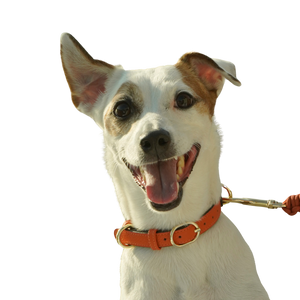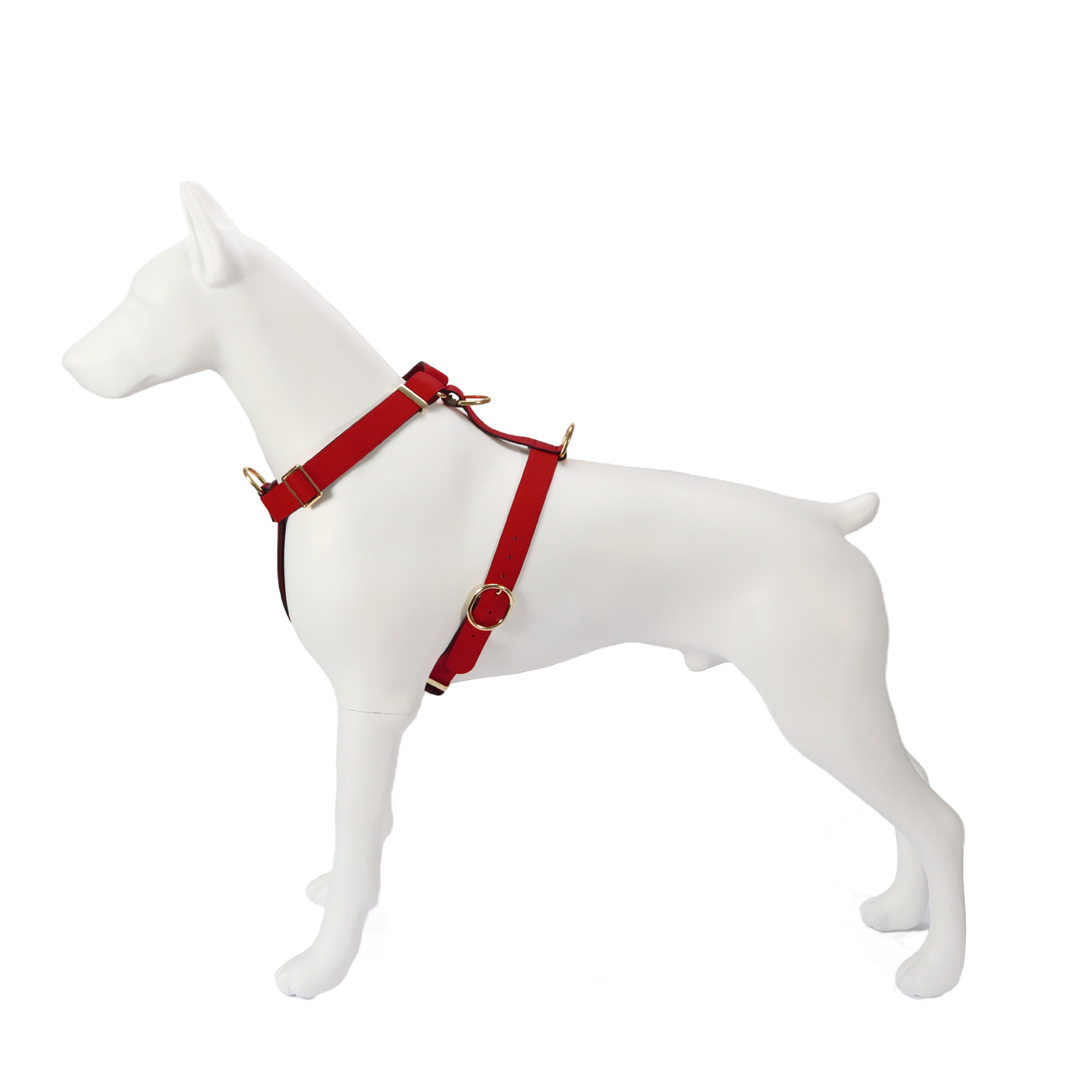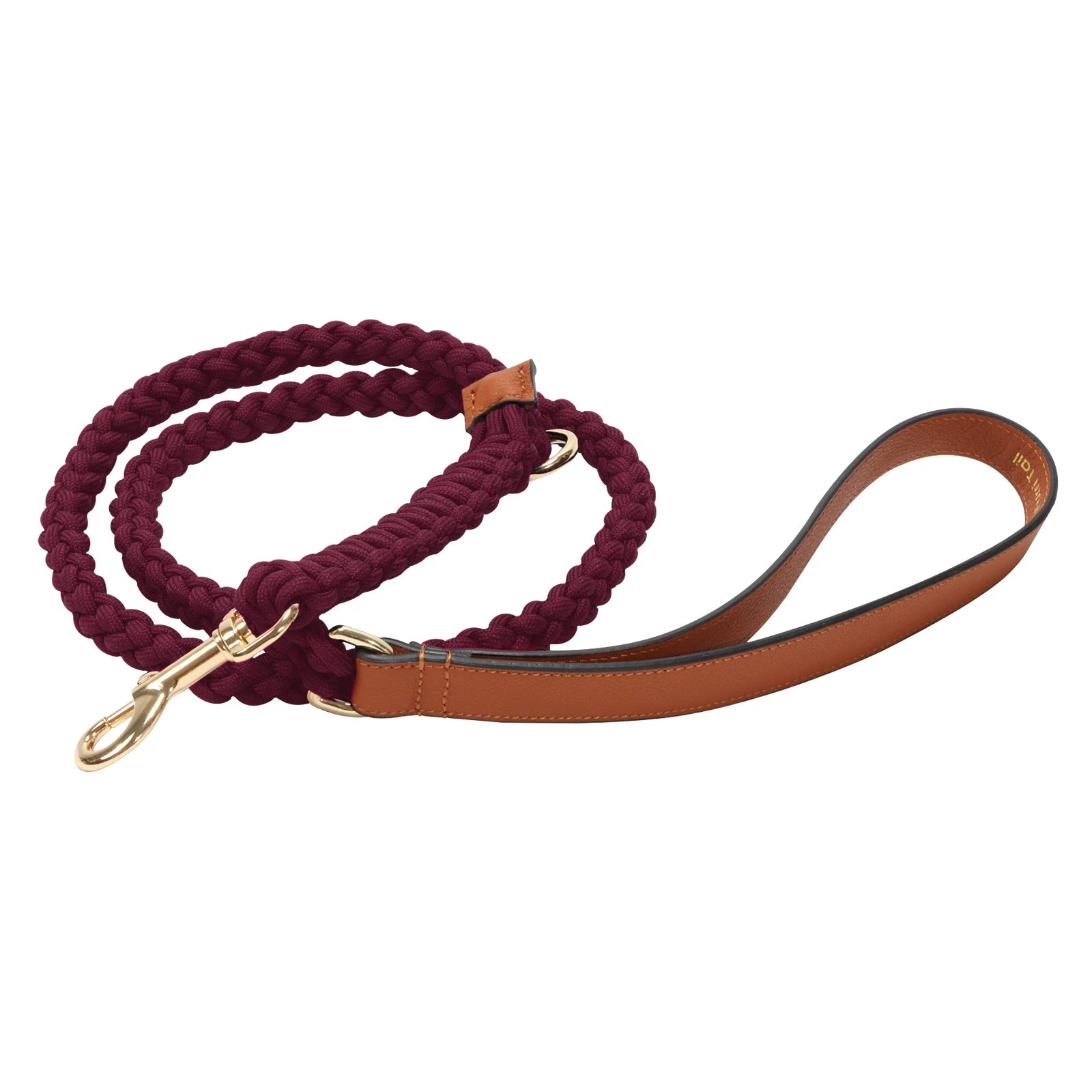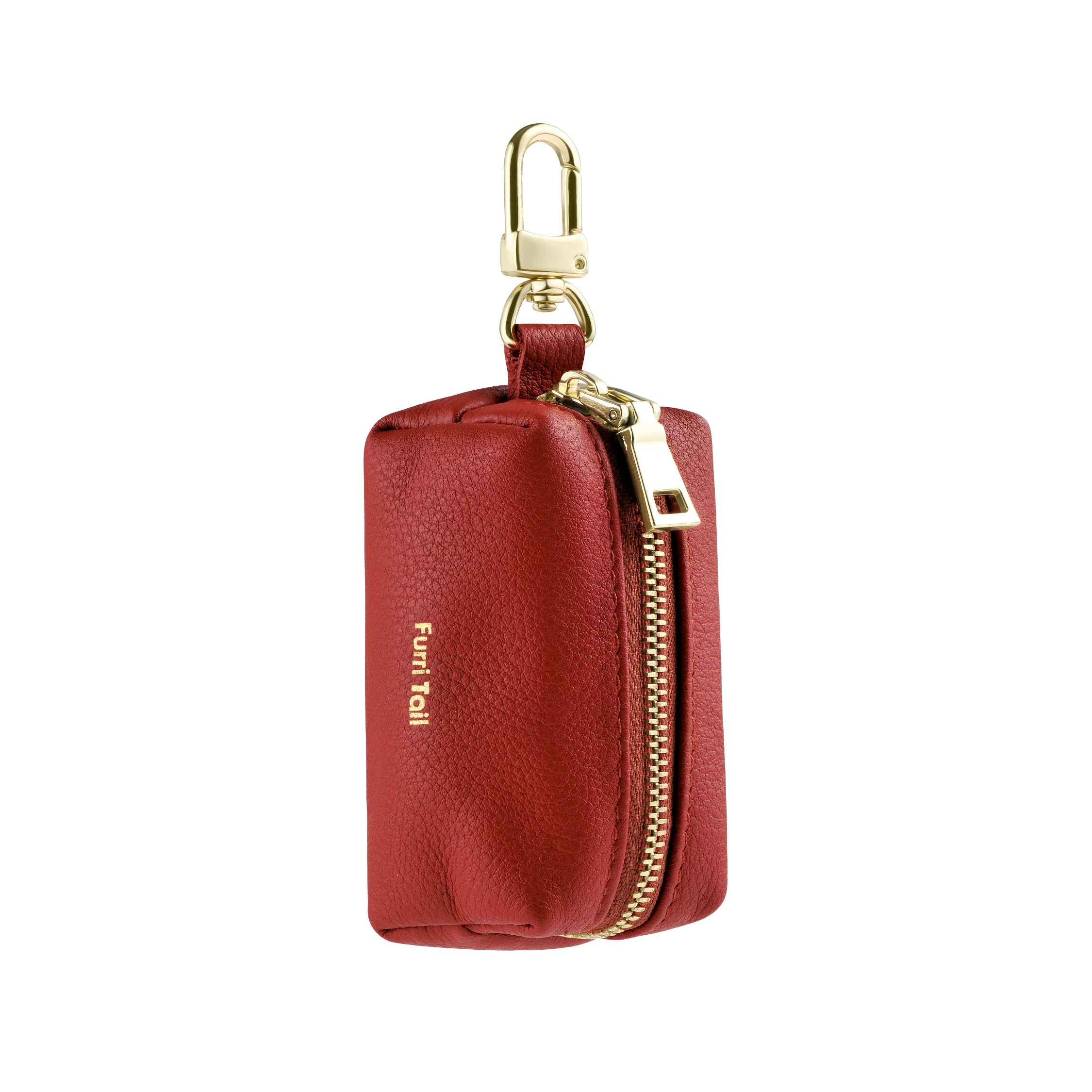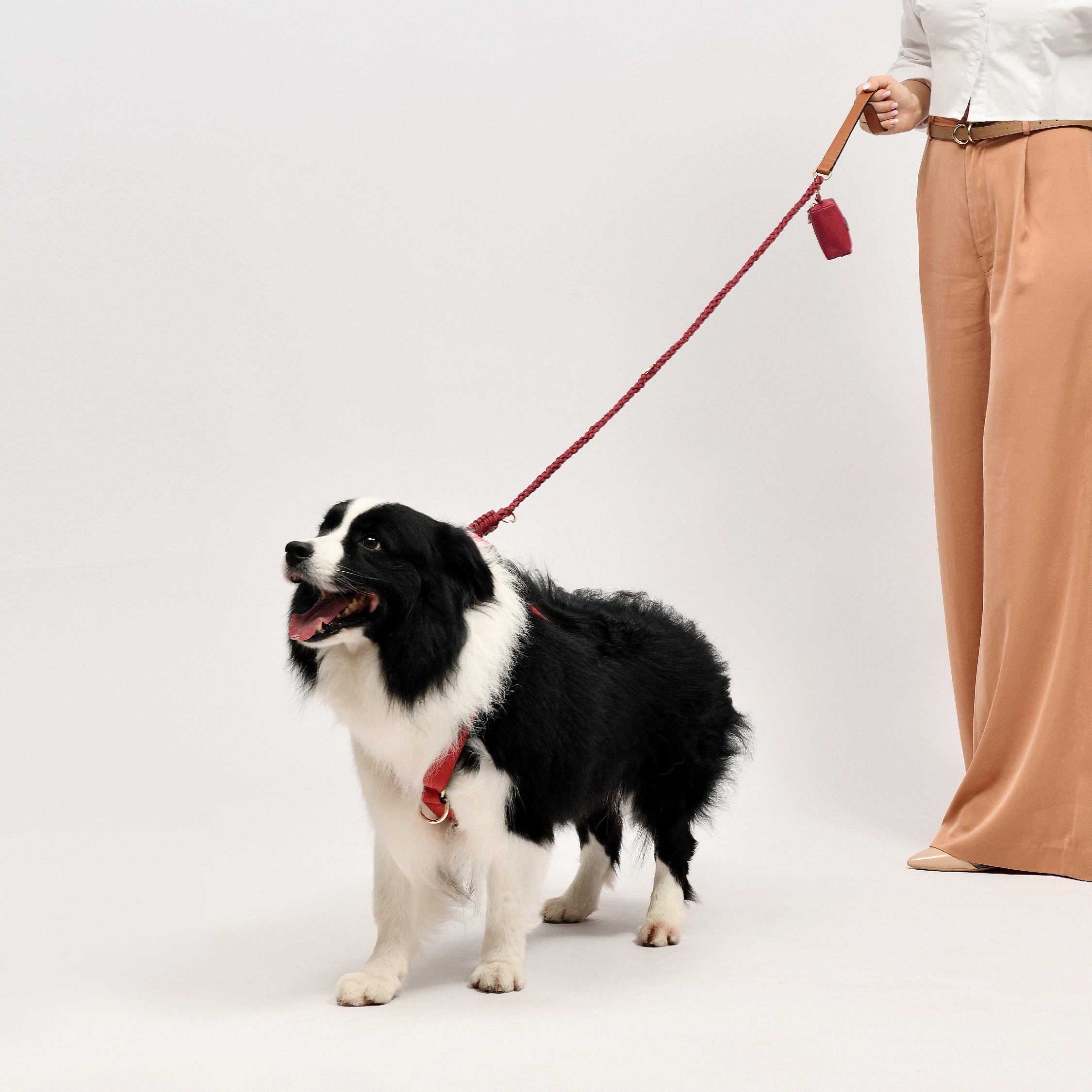9 Things to Avoid When Dog Walking
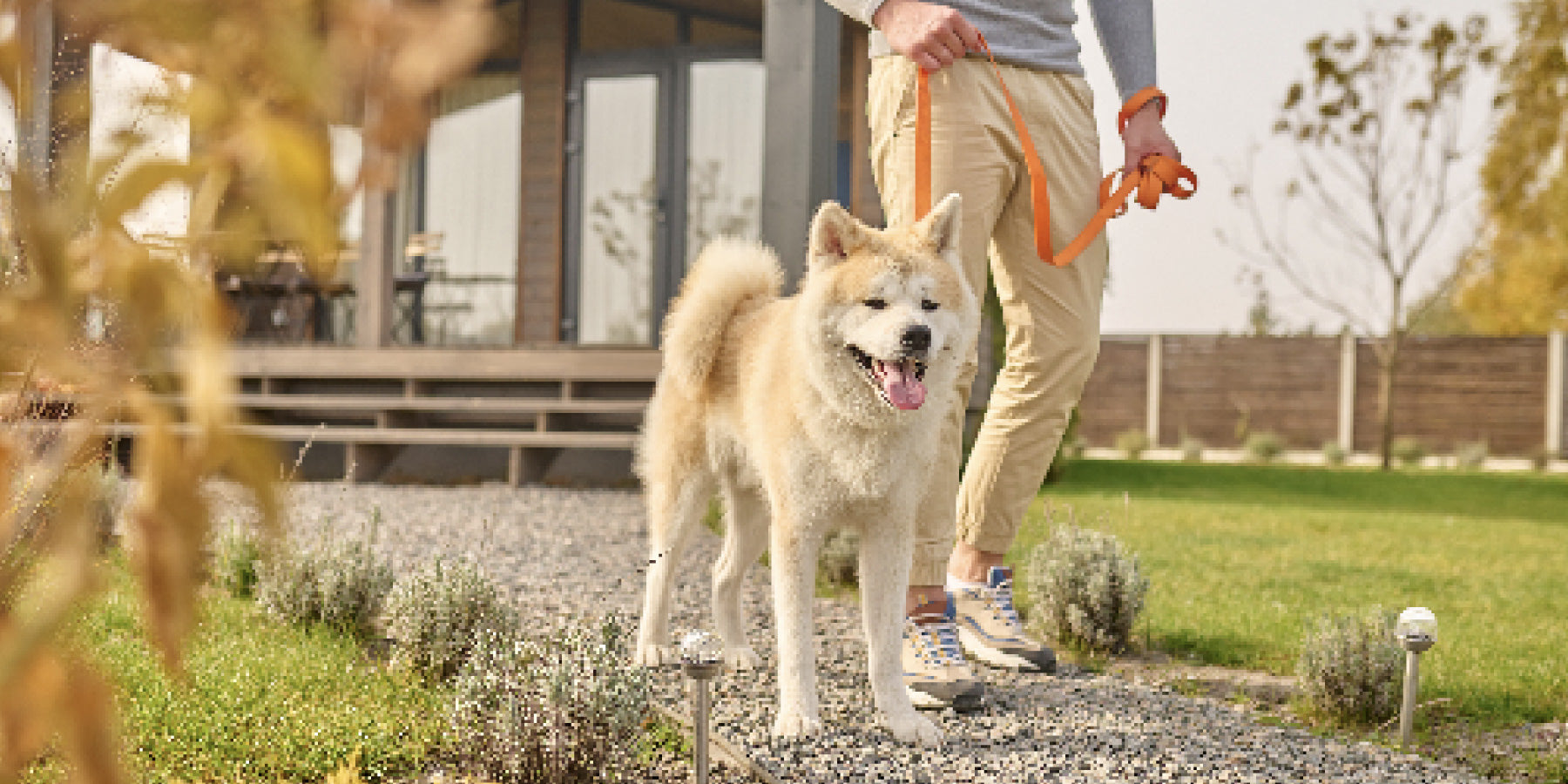
Dog walking is not only a means of exercise for your furry friend but also an opportunity to strengthen the bond between you and your canine companion. However, it's crucial to be mindful of certain factors to ensure a safe and enjoyable experience for both of you. Here are some comprehensive guidelines to enhance your dog walking adventures:
-
Walking in Safe Areas: Prioritize your safety and your dog's well-being by avoiding potentially dangerous locations like busy roads or construction sites.
-
Leash Usage: Always keep your dog on a leash to prevent them from running off and getting lost. This ensures their safety and maintains control over their movements.
-
Cleaning Up After Your Dog: Show respect for others and the environment by carrying poop bags and promptly cleaning up after your dog. Responsible waste disposal is not only courteous but also mandated by law in many areas.
-
Minimize Distractions: Stay present and engaged with your dog during walks. Avoid using your phone or other electronic devices that may distract you from their needs or compromise their safety.
-
Understanding Body Language: Pay attention to your dog's body language and be attuned to signs of discomfort or fear. If your dog appears anxious or uneasy, it may be best to end the walk and try again another time.
-
Comply with Local Laws: Familiarize yourself with local regulations governing dog walking, such as leash laws and restricted areas. Adhering to these guidelines promotes a harmonious coexistence within the community.
-
Protecting Against the Elements: Be mindful of extreme weather conditions and take appropriate measures to shield your dog from excessive heat, cold temperatures, or other environmental factors that could be detrimental to their well-being.
-
Carry Water: Keep both you and your dog hydrated by bringing water, especially on hot days. This precautionary step helps prevent dehydration and potential heat-related issues.
-
Prioritize Training: Ensure that your dog is well-trained and behaves appropriately before embarking on walks. This fosters a safe and enjoyable experience for both you and your furry companion.
In conclusion, dog walking is a rewarding activity for bonding and exercise. By following these comprehensive guidelines, you can create a safe and enjoyable environment while strengthening your connection with your beloved pet.
About the Author:
Quinn is an adventurous writer fueled by a deep love for animals and a passion for travel. With a heart full of wanderlust and a soul connected to nature, Quinn channels her vibrant experiences into inspiring pet owners to forge unbreakable bonds with their furry companions.
0 comments
